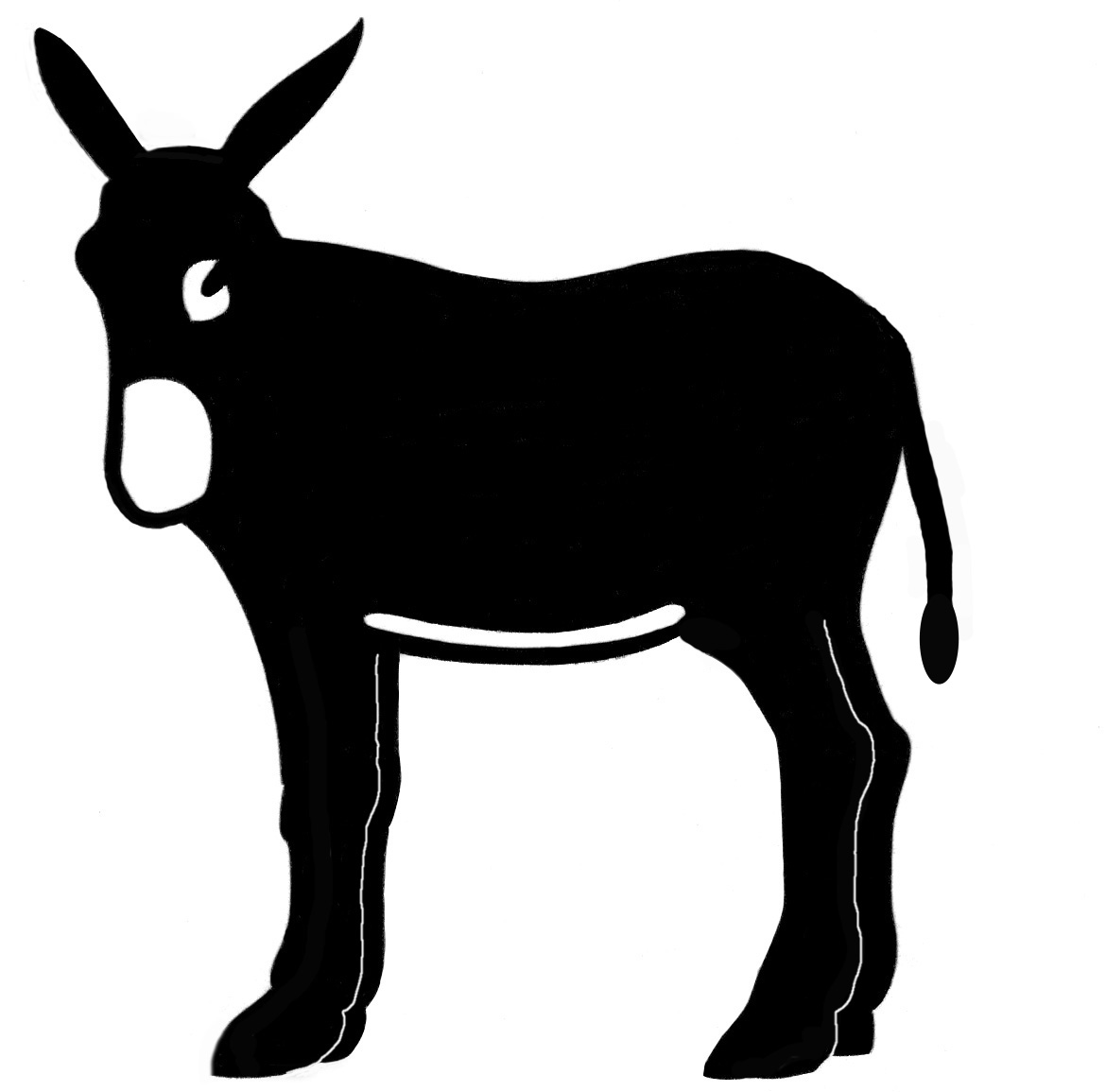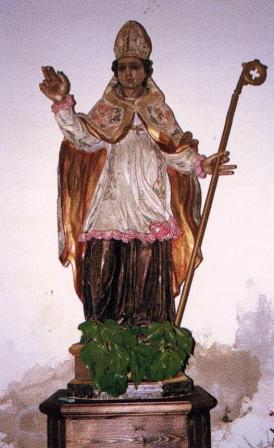

COASTAL NORTHERN CATALONIA
One
day during our time at Girona saw us travel along the northern coast
of Catalonia to the towns of Albons,
Empúries,
and Cadaqués.
Our first stop of
the day was at Albons, where another of the churches dedicated to Saint Gerald
survives.
This one, called the Capella de Sant Grau (Chapel of Saint Gerald), dates from
the twelfth century.
Unfortunately, it is permanently closed and so we were unable to see the interior.
Next to the chapel
are the remains of a wall or foundations, perhaps the precinct or residence
for the medieval priority
that was once likely located here. The chapel, on a hilltop, gives a great view
over the surrounding countryside.
A statue of Saint
Gerald is located within the church in the town. It was crafted in the
seventeenth century, and again shows Gerald as a Benedictine monk and bishop.

A
few miles away along the coast are the ruins of the ancient port of Empúries.
It was founded by the Greeks in about 600 B.C.. They gave it the name Emporion,
meaning "commercial center" or "trading post." Later it
became a Roman town, but
because of its vulnerable coastal location, it was abandoned in the early Middle
Ages.
It does have a commanding view of the Mediterranean.
Since
the Romans built their town next to rather than on
the same site as the Greek settlement, ruins of both eras survive.
One of the most interesting aspects of the town's history is that its main industry was the production of fermented fish sauce. The Romans loved putting the sauce made from fermented fish that they called garum on their food. It sounds odd until you recall that fermented fish is not only an ingredient of many Chinese and Thai sauces but also of Worchestershire and other steak sauces.
There is an archeological
museum on the site that displays artifacts uncovered there,
including this well preserved Greek statue of Asclepius, god of medicine and
healing.
We had a great seafood
lunch in the nearby town of L'Escala, and we
were so impressed with the food that we had to take pictures of our meals!
In the afternoon we drove farther north along the coast to Cadaqués. It was once a sleepy fishing village, until Salvador Dalí decided to live there, and other artists and bohemians followed in his wake. Nowadays it is a sprawling resort town with little of its original charm left. Still, it is situated in real natural beauty at the end of a rugged cape. (And, oddly enough, when we were in Cadaqués we were only a few miles from where we had been the year before, when we visited French Catalonia and the seaside town of Collioure.)
Close the page to see our photos from another area of Catalonia.
Or click here to go to the page of the place we visited next, Figueres.